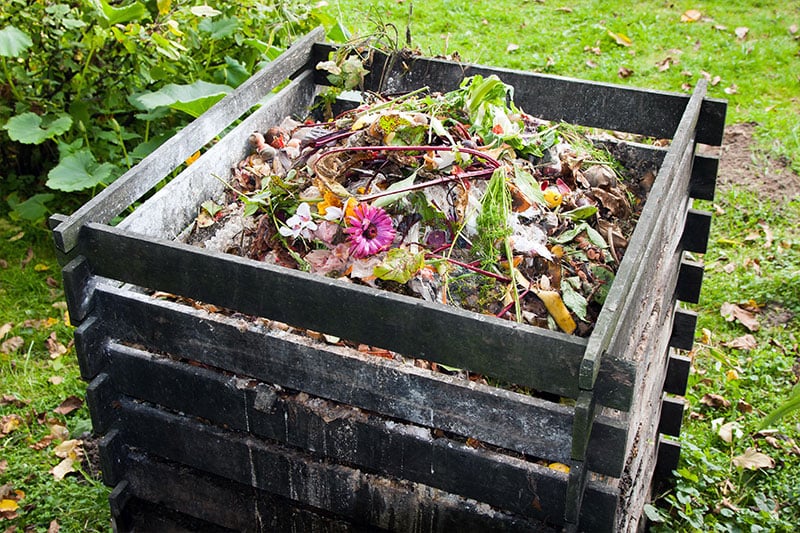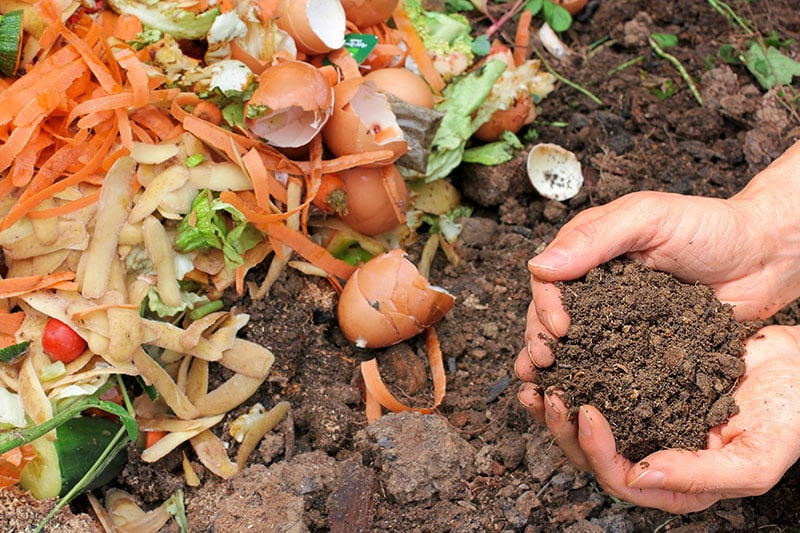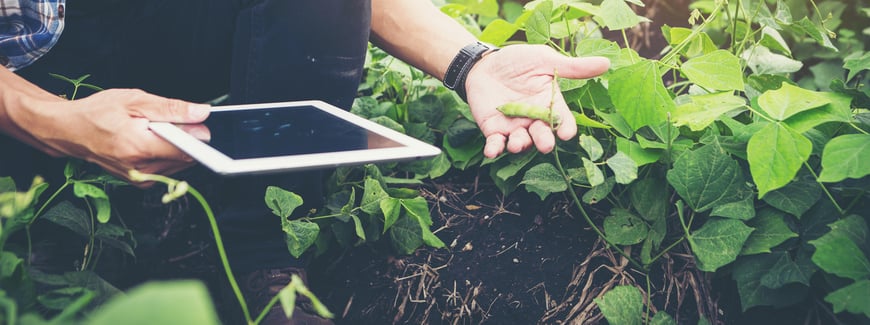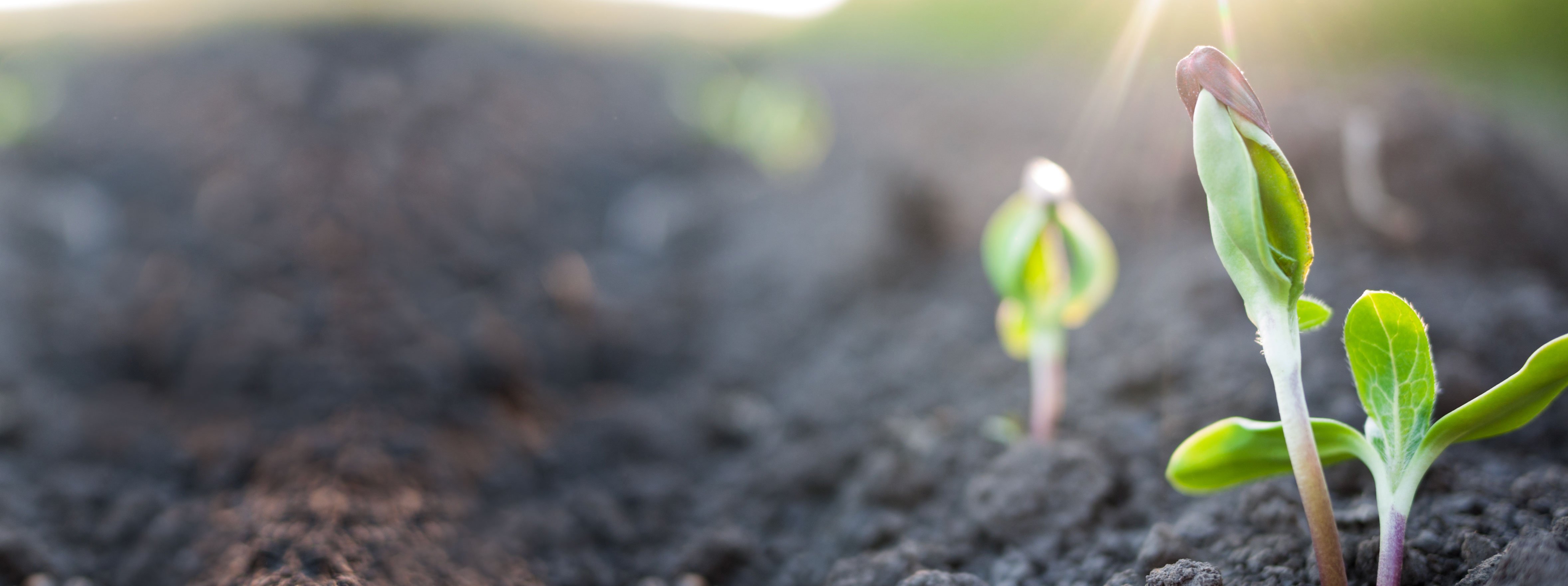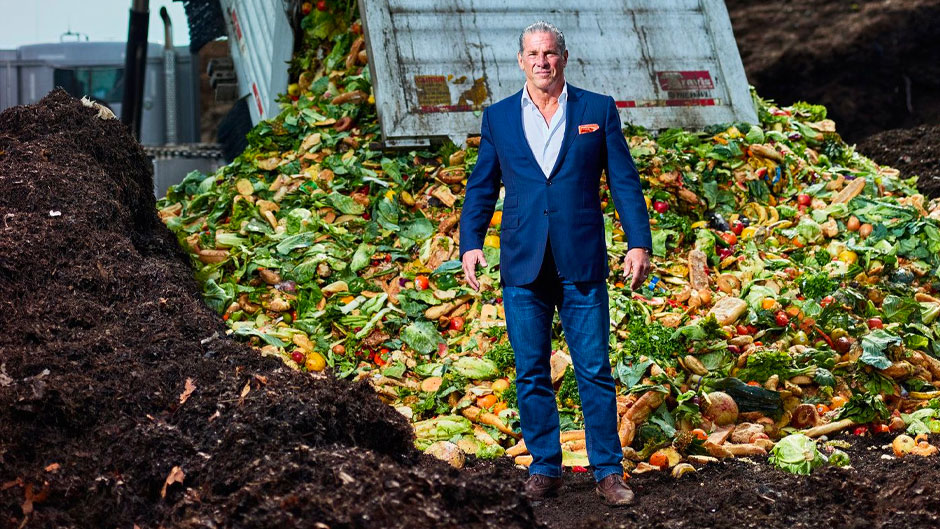Skip to Chapter Navigation
Skip to Intro
Skip to Chapter One: Composition & Function
Skip to Chapter Two: The Science, Explained
Skip to Chapter Three: Organic Soil vs. Compost
Skip to Chapter Four: Amendments
Skip to Chapter Five: Popular Purposes
Skip to Chapter Six: Cost Comparison
Skip to Chapter Seven: The LIC Difference
Skip to Partner Form
Skip to Footer


